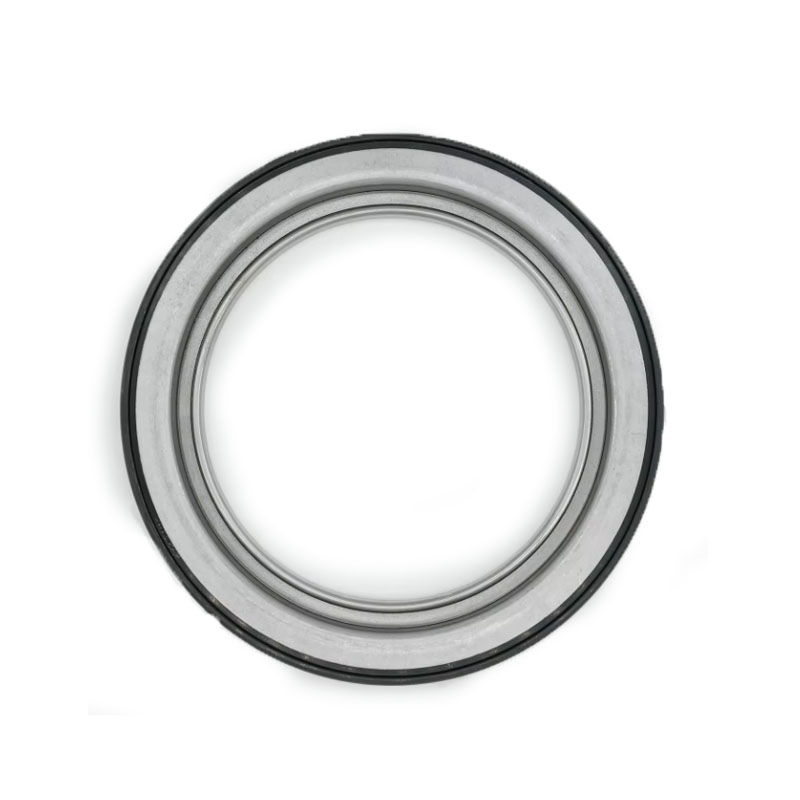oil seals and gaskets
Oil Seals and Gaskets Essential Components for Fluid Management in Machinery
In modern machinery, efficient operation hinges on the effective management of fluids, be it oil, fuel, or other vital lubricants. Among the many components designed to ensure this efficient operation, oil seals and gaskets stand out as critical elements. Understanding their functions, types, and applications can contribute significantly to the longevity and reliability of mechanical systems.
What are Oil Seals?
Oil seals, also known as shaft seals, are devices used to seal the junction between rotating shafts and stationary components. They serve a dual purpose preventing the leakage of lubricants and protecting the machinery from contaminants such as dirt and moisture. Typically made of rubber or elastomeric materials, oil seals are designed to withstand significant pressure and temperature variations, making them suitable for use in various environments, from automotive engines to industrial machinery.
An essential feature of oil seals is their design, which often includes a lip that makes direct contact with the shaft. This contact creates a barrier that minimizes leakage while allowing smooth operation of the rotating component. The choice of materials for manufacturing oil seals is crucial; they must exhibit resistance to wear, chemical exposure, and high temperatures.
What are Gaskets?
Gaskets are another critical component in fluid management, primarily used to create a seal between two surfaces to prevent leakage of fluids or gases. Unlike oil seals, which typically seal around rotating shafts, gaskets are employed between fixed components. They can be found in a wide array of applications, including automotive engines, piping systems, and industrial equipment.
Gaskets are made from various materials, including rubber, metal, cork, and composite materials, tailored to withstand different temperatures, pressures, and chemical exposures. The proper selection of a gasket material is crucial to ensuring that it maintains its integrity and functionality under operating conditions.
oil seals and gaskets

Types of Oil Seals and Gaskets
Both oil seals and gaskets come in various designs to accommodate specific applications
1. Types of Oil Seals - Single Lip Seals Commonly used in standard applications where minimal lubrication loss is a concern. - Double Lip Seals Designed for applications prone to high levels of contamination, featuring an additional lip to enhance protection. - Spring-loaded Seals Utilize a spring to apply pressure on the sealing lip, accommodating shaft wear and ensuring a tighter fit.
2. Types of Gaskets - Soft Gaskets Made from materials like rubber or cork, used in low-pressure applications. - Metal Gaskets Composed of metals, ideal for high-pressure applications where durability is essential. - Spiral Wound Gaskets Combining metal and non-metal materials, suited for extreme temperatures and pressure conditions.
Applications and Importance
Oil seals and gaskets are ubiquitous in many industries. In automotive engineering, they are essential for maintaining engine efficiency and performance. In industrial machinery, these components help prevent downtime due to fluid leaks, thus saving costs and enhancing productivity. They also play a crucial role in ensuring environmental safety by minimizing the risk of hazardous fluid leaks.
Conclusion
In summary, oil seals and gaskets are vital to the smooth functioning of machinery across various sectors. Their design, material selection, and appropriate application are key factors in ensuring that machinery operates efficiently and reliably. As technology advances, the development of oil seals and gaskets continues to evolve, promising even better performance and longevity in the future. Understanding these components’ roles is essential for anyone involved in engineering, maintenance, or manufacturing industries.
-
Simplifying Oil Changes: A Comprehensive Guide to Oil Drain Plugs and Their Variants
News Aug.04,2025
-
Mastering Oil Drain Maintenance: Solutions for Stripped, Worn, and Upgraded Oil Plugs
News Aug.04,2025
-
Fixing Oil Pan Plug Issues: Leaks, Stripped Nuts, and the Right Replacement Solutions
News Aug.04,2025
-
Everything You Need to Know About Oil Drain Plugs: Sizes, Fixes, and Upgrades
News Aug.04,2025
-
Choosing the Right Oil Drain Plug: A Guide to Sizes, Materials, and Drain Innovations
News Aug.04,2025
-
A Complete Guide to Automotive Drain Plugs: Types, Problems, and Innovative Solutions
News Aug.04,2025
-
The Ultimate Guide to Car Repair Kits: Tools and Essentials Every Driver Should Own
News Aug.01,2025
Products categories















